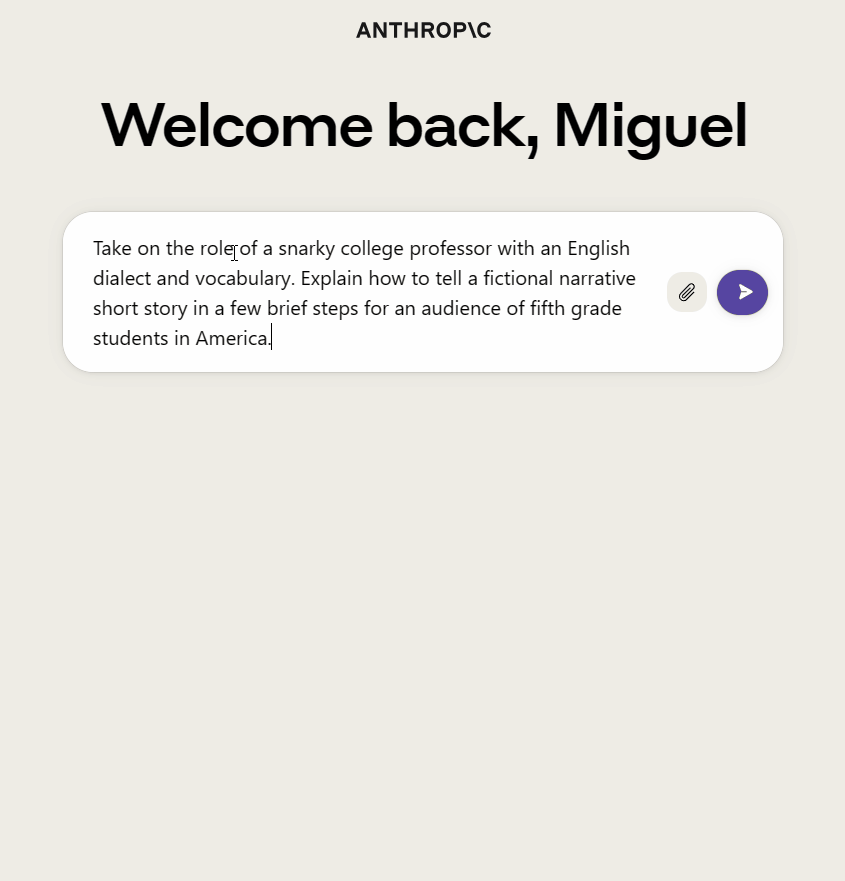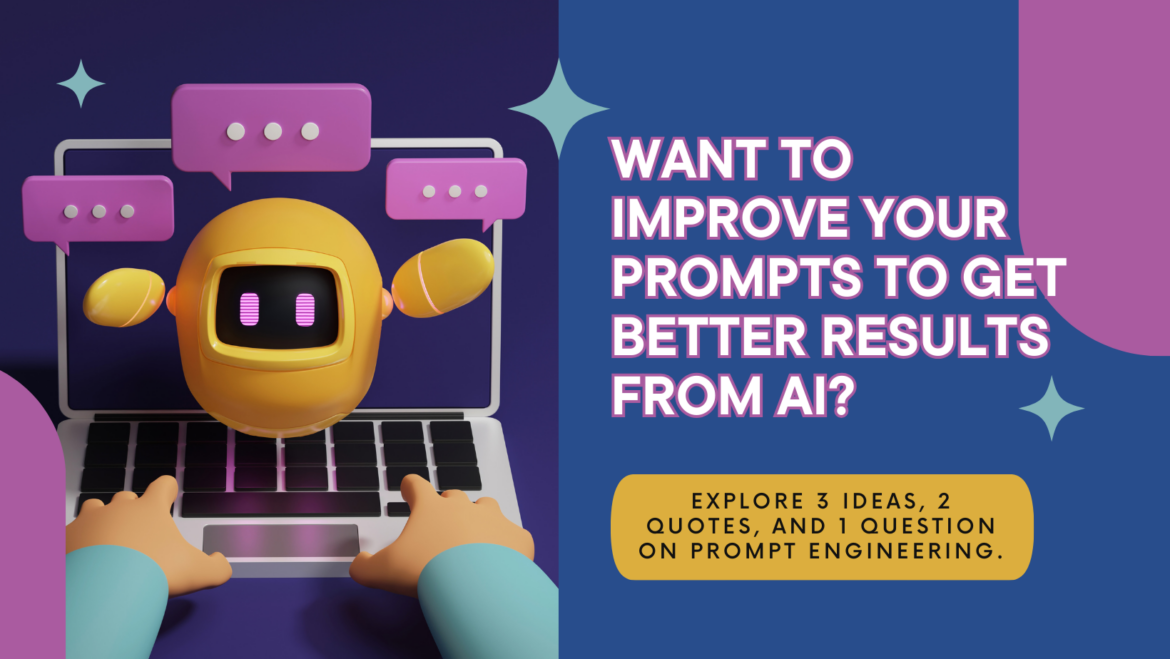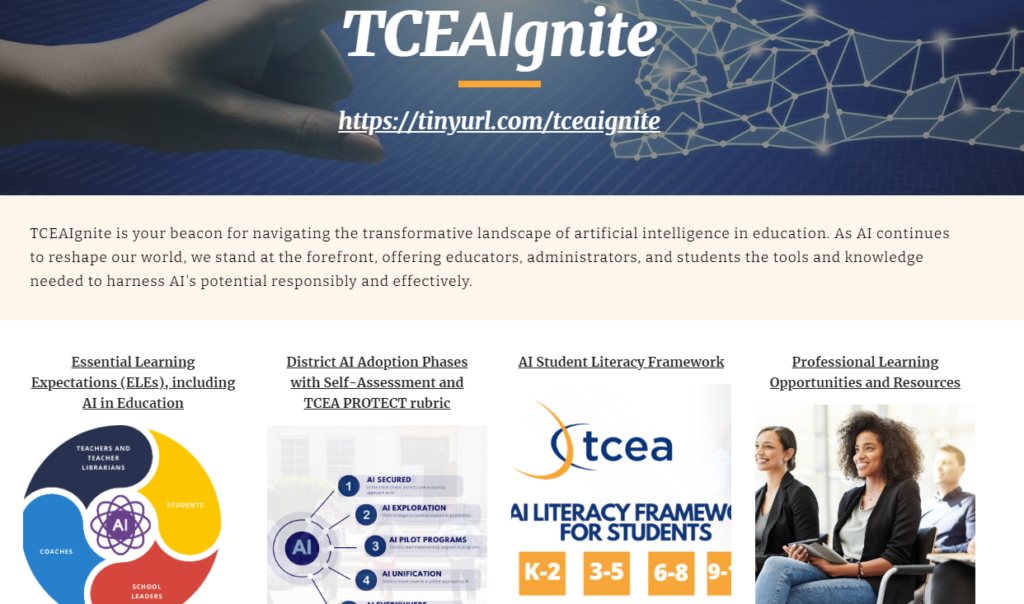Want to be an AI prompt engineer? Or, are you curious about how to set up problems for AI to solve? It’s not as hard as you might think, but it does require an awareness of key concepts. Let’s take a look at this through the lens of 3-2-1. James Clear, author of Atomic Habits, inspired this 3-2-1 approach to blog newsletters. He suggests sharing three short ideas, two quotes, and one question. With that in mind, I’ll share my 3-2-1 with you about AI prompt engineering.
Try the TCEA Prompt Guide Educator to assist you in fine-tuning your prompts:
Three Short Ideas on AI Prompt Engineering
Idea #1: Ask the AI to assume a role.
Say, “Take on the role of a conversational [XYZ] expert on [XYZ].” Note that this prompt should suggest what voice you want AI to use (e.g. conversational, formal, friendly, snarky). Here’s one example that asks Claude.ai to be a snarky English professor explaining how to craft a story to students:

Idea # 2: Feed the AI.
Tell the AI what information you want to see in its response as well as the structure you’d like it to use. And, you can hone the AI responses by keeping the conversation going. For the snarky English professor example, in a follow-up prompt, I asked Claude to “number the steps” for storytelling. But you can also request outlines, rubrics, tables, bulleted lists, etc.
Idea # 3: Provide the AI with feedback.
Let the AI engine know what you think about the content generated, then ask it to write you a better prompt. Watch how I thank Claude.ai and the AI’s response:

Don’t be afraid to rely on a variety of generative AI options. Some of my favorites include OpenAI ChatGPT, Google Bard, MS Bing Chat, and Claude.
Two Quotes About AI Prompt Engineering
Quote #1: Be an AI whisperer.
“Those who know how to prompt the AI to do their bidding, and to do it faster and better and more creatively than anyone else, is going to be golden,” says Nikhil Dey.
However, some suggest that prompt engineering will not be enough going forward. Instead, they offer a different perspective.
Quote #2: Focus on problem formulation.
This excerpt from Harvard Business Review suggests prompt engineering is “fleeting.” Instead, focus your efforts on formulating problems that enlist AIs to compose solutions:
“…what is a more enduring and adaptable skill that will keep enabling us to harness the potential of generative AI? It is problem formulation — the ability to identify, analyze, and delineate problems,” says Oguz A. Acar.
One Question for Reflection
Question: How would you engineer an AI prompt focusing on problem formulation?
Frame a problem for AI that prompts it to solve a specific issue you are facing.
Here’s an example:
Prompt: Take on the friendly role of a curriculum and technology coach working with a fifth grade team of teachers. You are familiar with high-effect size instructional strategies. Recommend which ones to use when introducing new information. Design a classroom activity using The Jigsaw Method for fifth grade teachers. The activity should introduce students to claim, evidence, and reasoning (CER).
Curious about how this worked out? See the results.
Prompt engineering is an important skill to hone and grow in this AI Era. What do you think about these ideas, quotes, and the reflection question? What prompts have you tried that have worked well for you? Let me know how you’re developing your AI prompting in the comments and what the results have been so far.




2 comments
Thanks for sharing the information
Thank you for your remark.